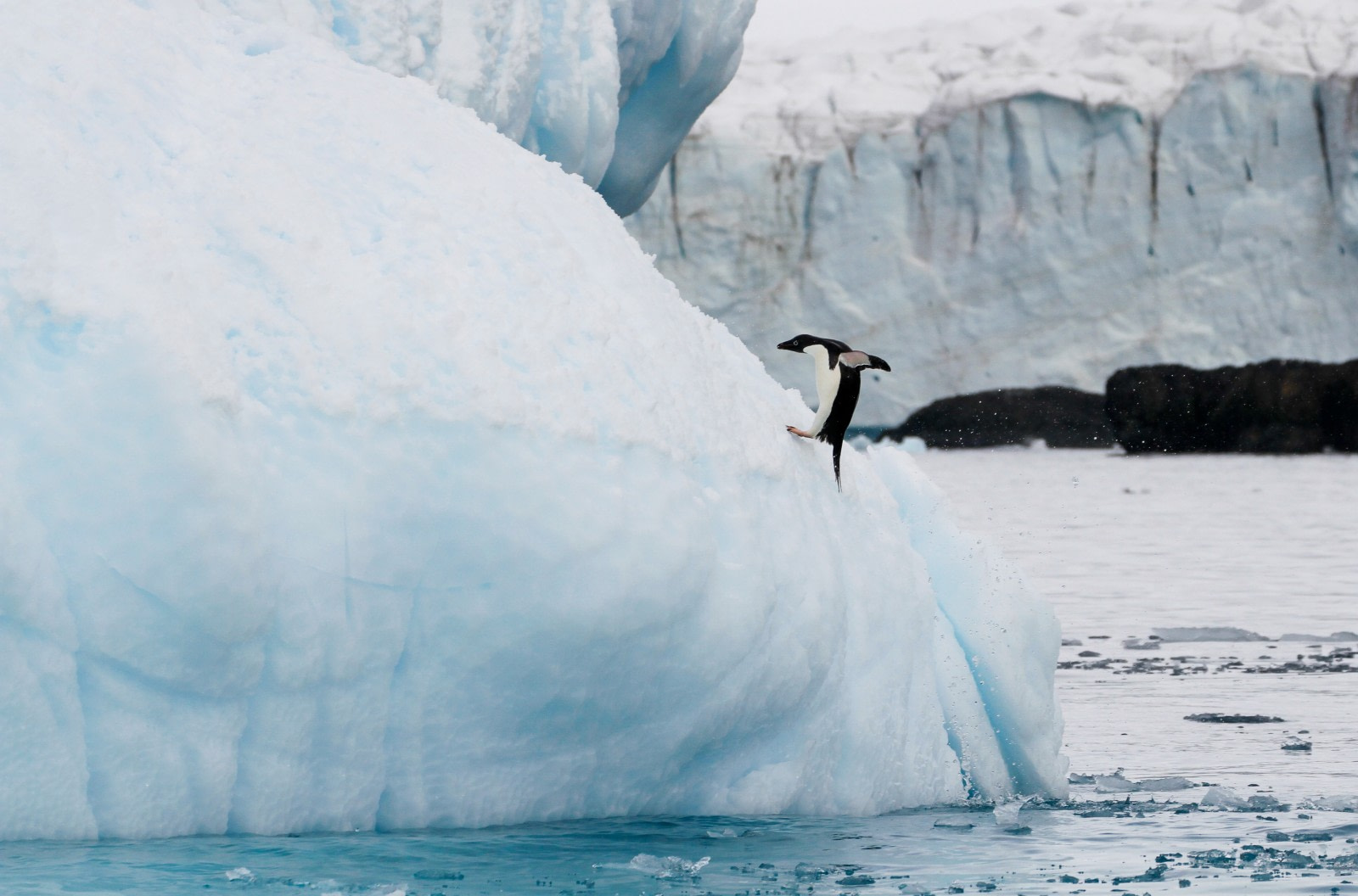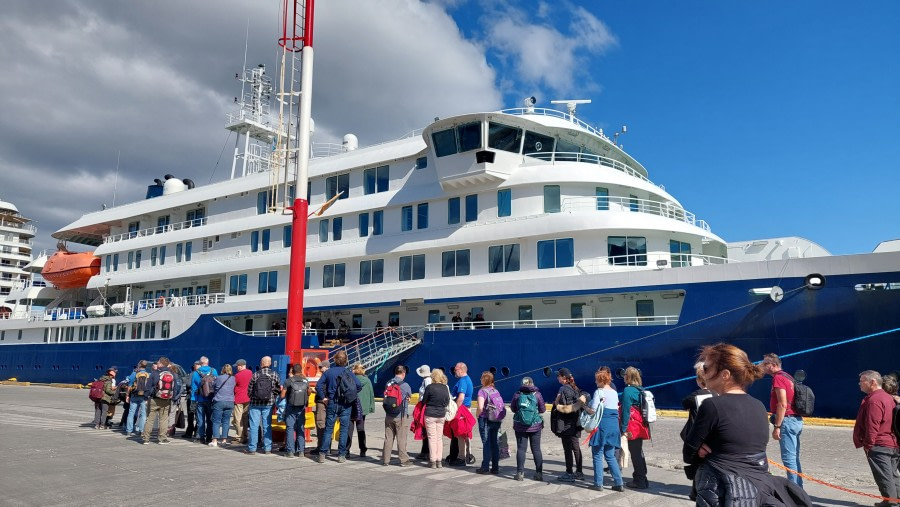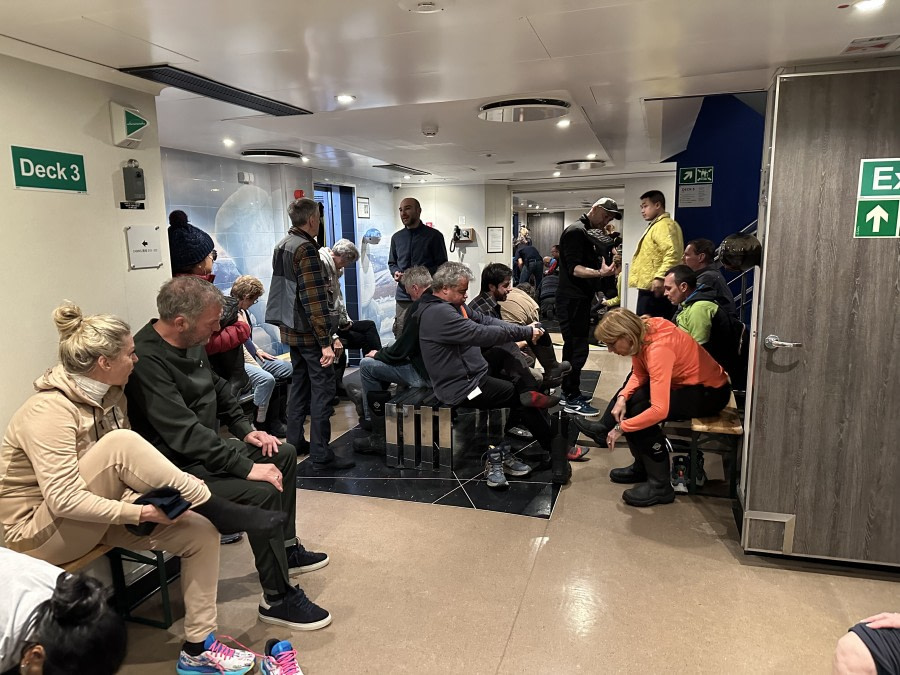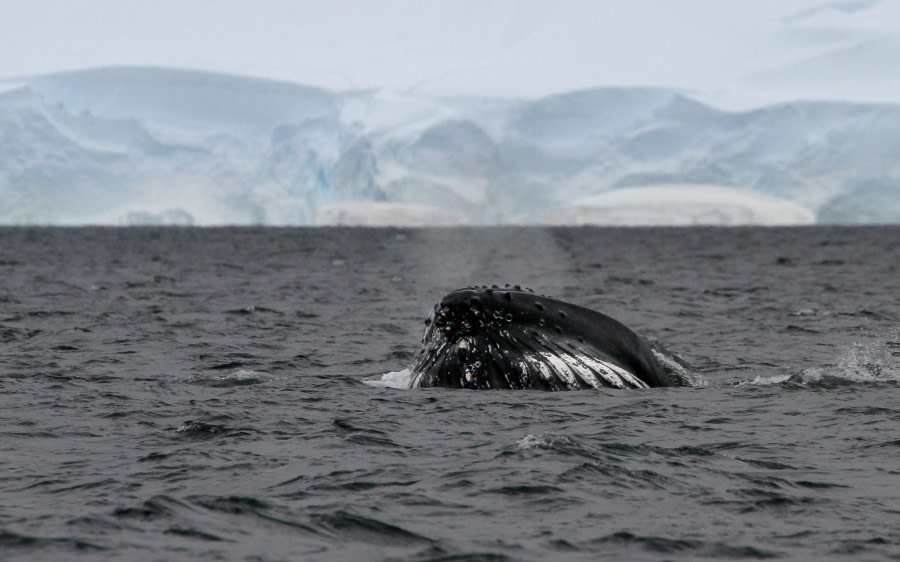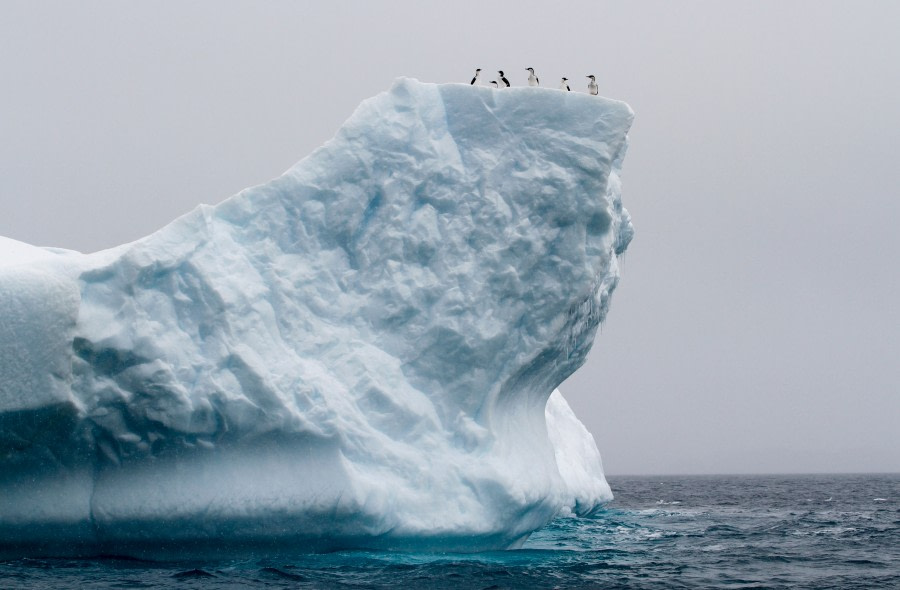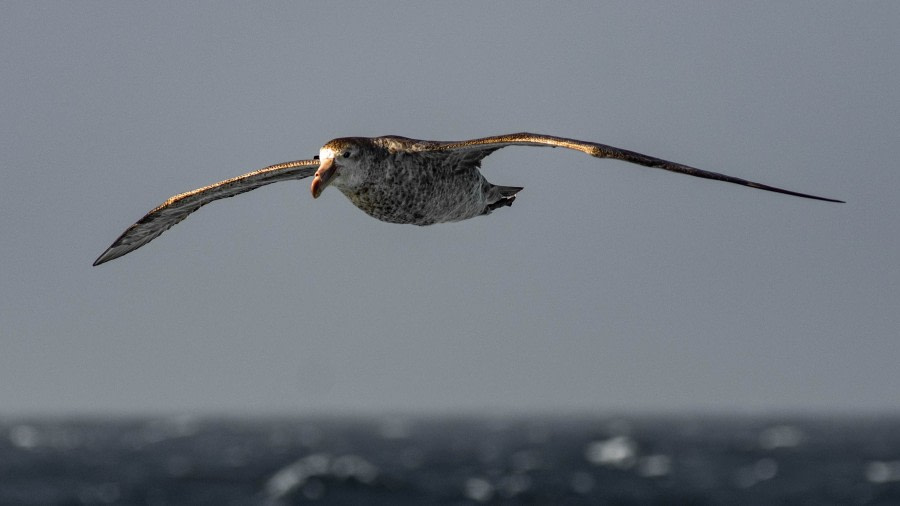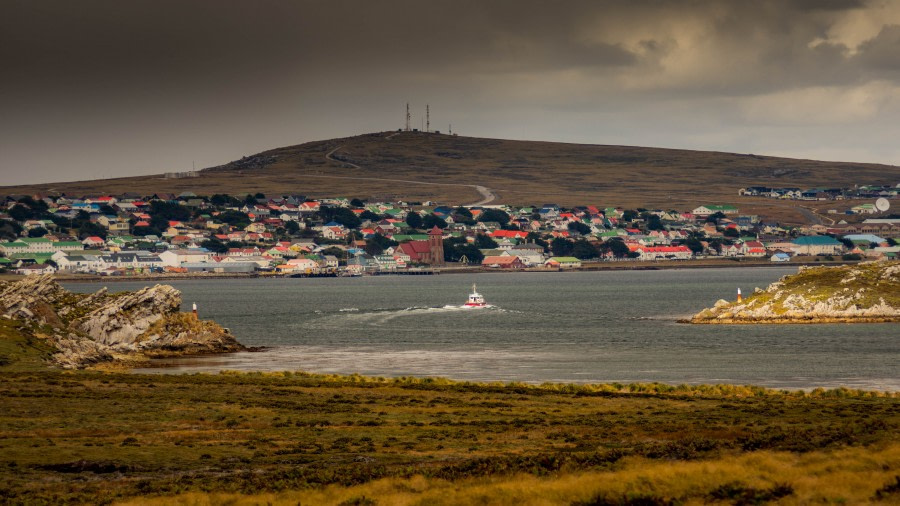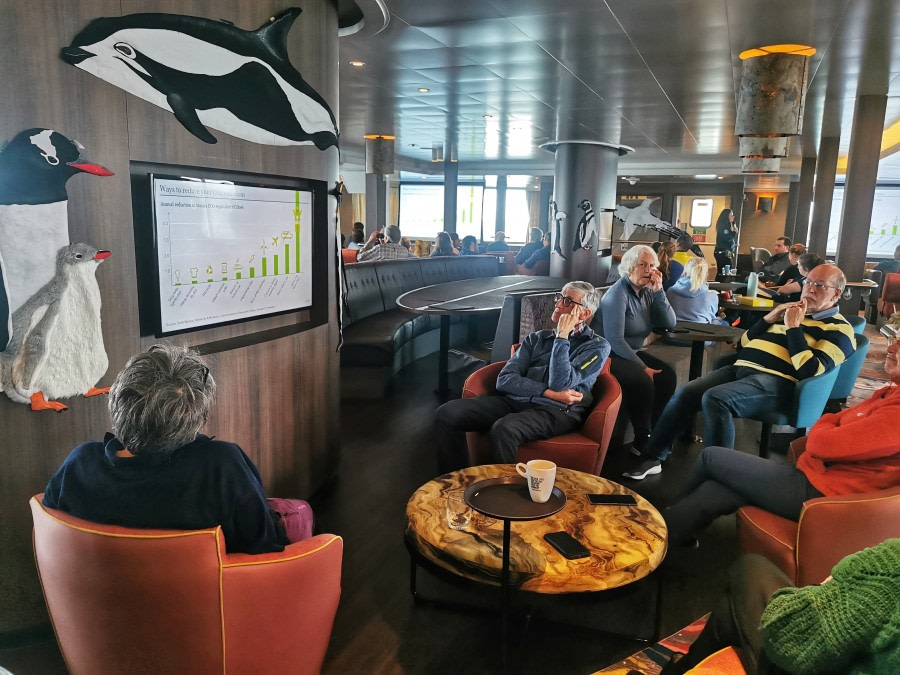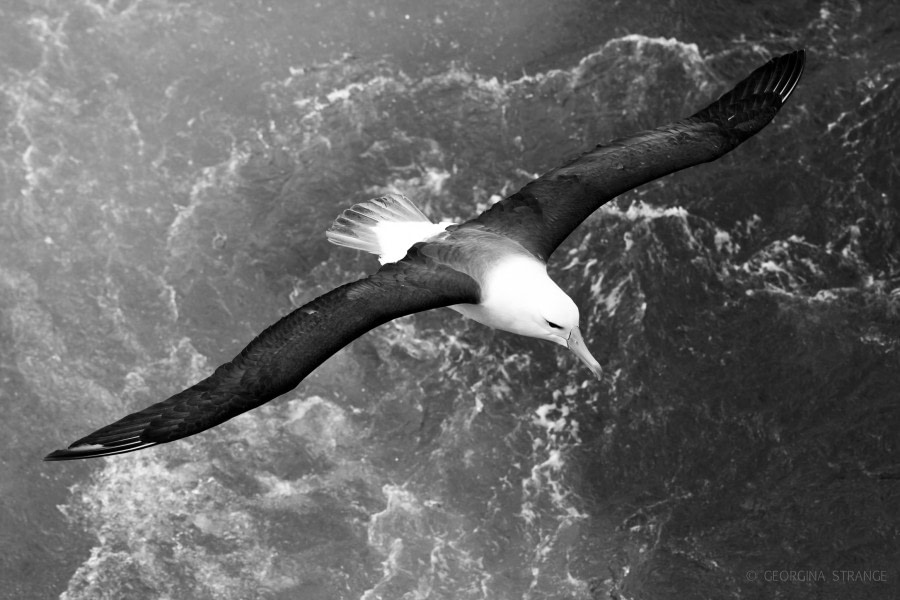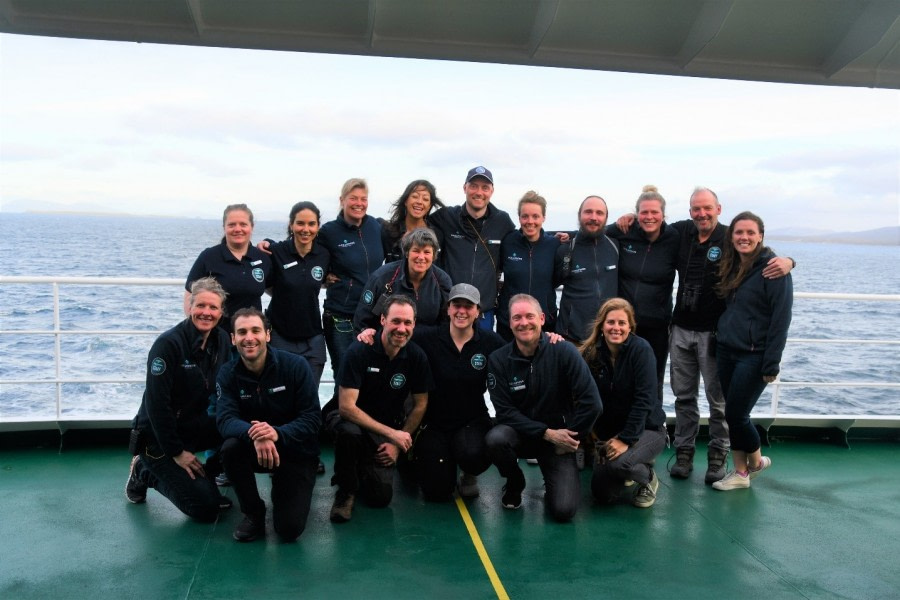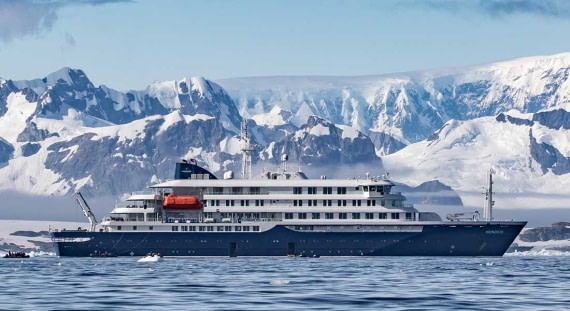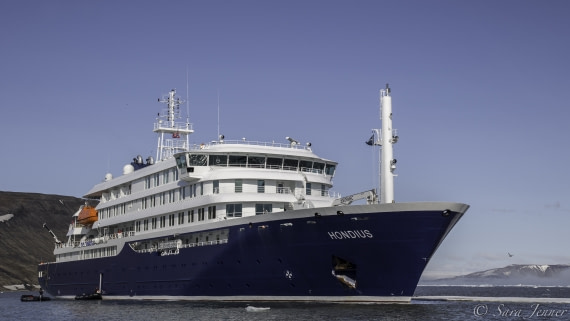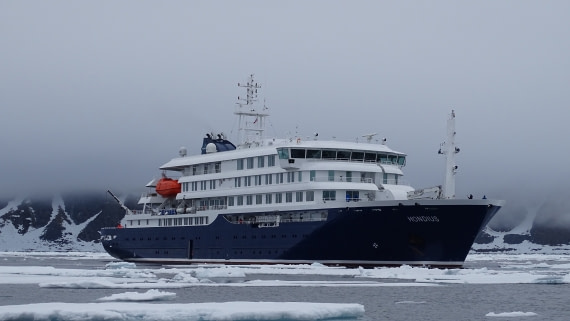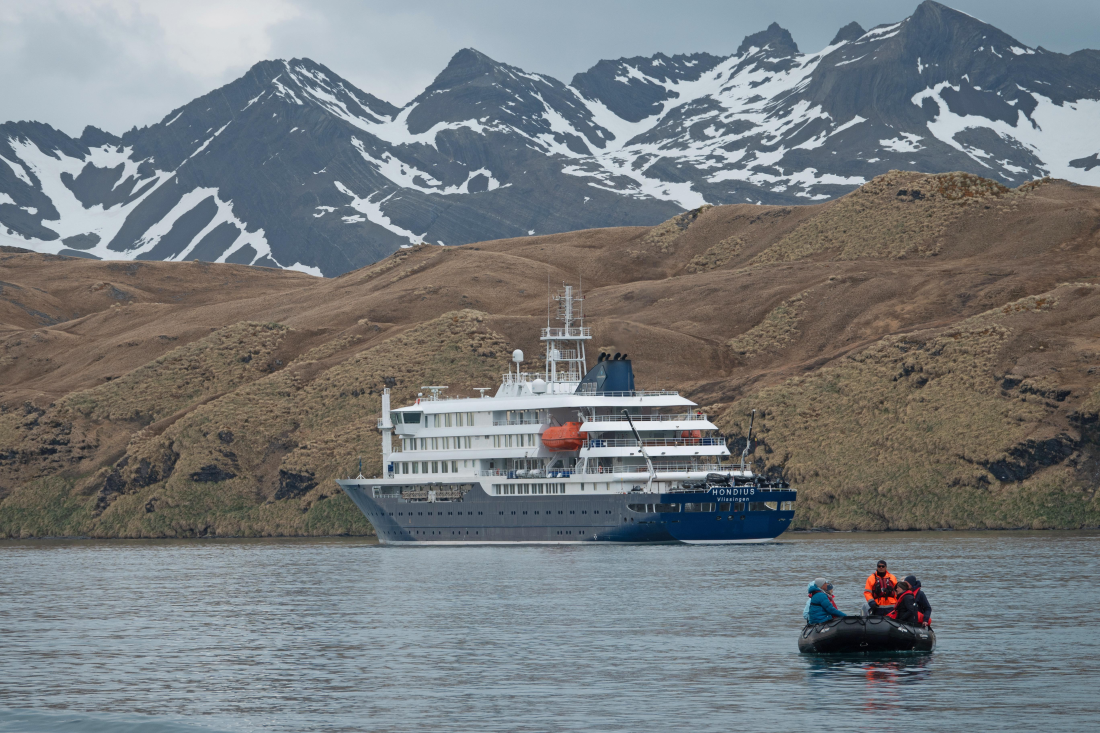| Datum: |
05.02.2023 |
| Position: |
64°30.1’S / 061°44.3’W |
| Wind: |
N2 |
| Wetter: |
Partly cloudy |
| Lufttemperatur: |
0 |
The day has come!
We made it to Antarctica!
After our breakfast we all go to our cabins and get ready for our very first landing and zodiac cruise at a place called Portal Point.
We put on our warm and waterproof clothes, get our cameras and binoculars ready and meet after we got called by our group at the Shell doors on deck 3. The Expedition team already prepared the zodiacs and the landing site so that we can just jump into the zodiacs right away and start our adventure.
Portal Point is a continental landing, which means for some of us, that we reach our 7th continent. As we arrive at the rocky landing site, we are welcomed by our Expedition Leader Pippa who gives us a short briefing about the landing site at Portal Point, the wildlife we will find and the route we can follow. As it is our first time on land everything is new. We feel perfectly prepared and the whole Expedition Team is ready to answer questions, give advice or kindly remind us about some important rules and guidelines to protect the area and its wildlife.
The Expedition team brought an Antarctica flag ashore, so we have a lot of fun taking photos of our companions and ourselves in this beautiful landscape holding the flag of the continent. While one part of us is on land, enjoying the scenery, the landscape and the wildlife which means the first sighting of a Weddell seal, a group of Crabeater Seals and even a solitary Gentoo Penguin resting on the snow. Rest of us is out at the sea cruising the shoreline and the surrounding which is full of absolutely breath-taking icebergs.
At one point we do a swap on the landing site, which means the group that was on shore is now going on a zodiac cruise and the other way around. In this way everybody sees and experiences everything.
At around 11am we are back on the ship to start our transfer from Charlotte Bay to the Errera Channel where the landing site for the afternoon is located.
After lunch, which is absolutely delicious again, we meet in the lounge for the daily Recap which is earlier today because we want to spend as much time at Danco Island this afternoon as possible. After the briefing for the following day, we go to our cabins and get ready again for our second landing on this day.
The bravest amongst us even plan are joining the Polar plunge today. And it couldn’t be a better day! As the weather in the morning was a little cloudy and greyer it is a relief that the sky here at Danco is clear and blue and the sun is warming our faces and hands. The perfect day to do the polar plunge!
But first we start exploring this stunning piece of land. On the Island we find our first Gentoo Penguin Rockery and we can’t take our eyes off these amazing, funny birds. As clumsy they appear on land, waddling up and down their highways, as fast and elegant they are in the water swimming and porpoising. Standing on the beach observing them coming in and out of the sea or taking care of their chicks just fill our hearts with joy!
On the zodiacs we are cruising around huge and beautiful icebergs. Penguins swimming around us while Weddell seals are resting on rocks next to the Imperial Shags. It is a calm and sunny day. It feels so peaceful. As we continue our cruise, we encounter our next wild animal. Sleeping on an ice floe there is a Leopard Seal, very close to us. As our zodiac driving Expedition guides read the behaviour of this amazing animal we can approach a little bit closer. Always in mind that this apex predator deserves its break and that we try our very best not to disturb it.
Another surprising treat already awaits us in form of a zodiac which provides us with some hot coco! William, our Hotel Manager and his Staff are handing out these warm drinks and we receive them with big smiles on our faces! Such a great surprise!
After we all enjoy this absolutely stunning afternoon now it is time for the group of people who signed in for the polar plunge to face the reality and get ready to dive into the cold Antarctic waters… or maybe just dip in!
Happy and smiling we all return to Hondius to take a warm shower and get again another delicious dinner provided by the Kitchen and Hotel department.
It was simply the perfect first day in Antarctica we all agree on that!
